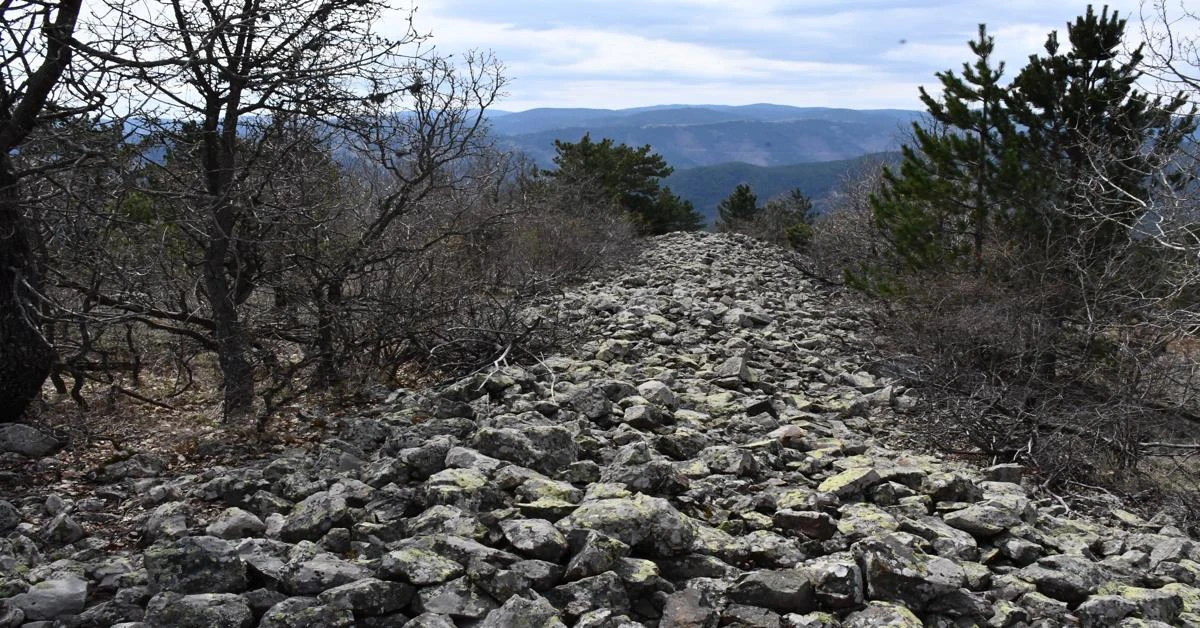Safeguarding Dikmen Hill: Portal from the Romans to the Ottomans

Dikmen Hill, located at an altitude of 5,053 feet and a convergence point of three Turkish provinces, has sparked significant interest because of its rich archaeological potential and current vulnerability to looter
Dikmen Tepesi (Dikmen Hill) is located at the junction of Corum, Sinop, and Kastamonu provinces and is elevated at 5,053 feet.
The site, dotted with ancient walls and replete with relics such as tombs and room remnants, has caught the attention of local academics who advocate for its urgent examination and preservation.
Hikmet Haberal, a faculty member of Kastamonu University’s Tourism Faculty, actively promotes Dikmen Tepesi’s historical and tourism potential.
“The hilltop, situated 22 miles from the district center and 4 kilometers from the nearest village, commands a view over the surrounding landscape,” Haberal said. He stressed the presence of historical structures: “We saw walls enclosing spaces and tombs, all of which point to the area’s rich historical tapestry.”

The possibility of transforming Dikmen Tepesi into a tourist destination is a focal point of Haberal’s efforts.
“Our goal is to develop Dikmen Tepesi into a tourist route. Its combination of historical, cultural, and natural features makes it an ideal spot for trekking and could even support caravan tourism,” he emphasized.
The breathtaking views extending to the Black Sea enhance the area’s mystery and appeal, positioning it as a potential magnet for global visitors.
However, the preservation of Dikmen Tepesi has become a pressing concern. Recent reports indicated that the treasure hunters have damaged some of the site’s historical artifacts.
“We need archaeologists and conservation experts to visit and conduct thorough studies immediately,” Haberal insisted.
“Understanding the historical layers and ensuring their preservation is crucial for future generations,” he added.

The identities of the past civilizations that occupied this site remain partially masked. Interactions with local residents reveal that the area was a vibrant hub during the Roman Empire, the Ottoman Empire and perhaps even earlier periods.
Haberal noted a significant environmental change: “The local community told us that there used to be no forest around here. The forest has grown over the last 100 years, completely enveloping the area.”
Haberal’s call to action is adamant: “It’s imperative that we protect and potentially develop Dikmen Tepesi into a sustainable tourism destination that honors and highlights its historical significance.”
As more eyes turn to this site, the local and international communities eagerly anticipate the revelations that further archaeological explorations may bring, unraveling the mysteries hidden within the ancient walls of Dikmen Tepesi.
Source: Newsroom



